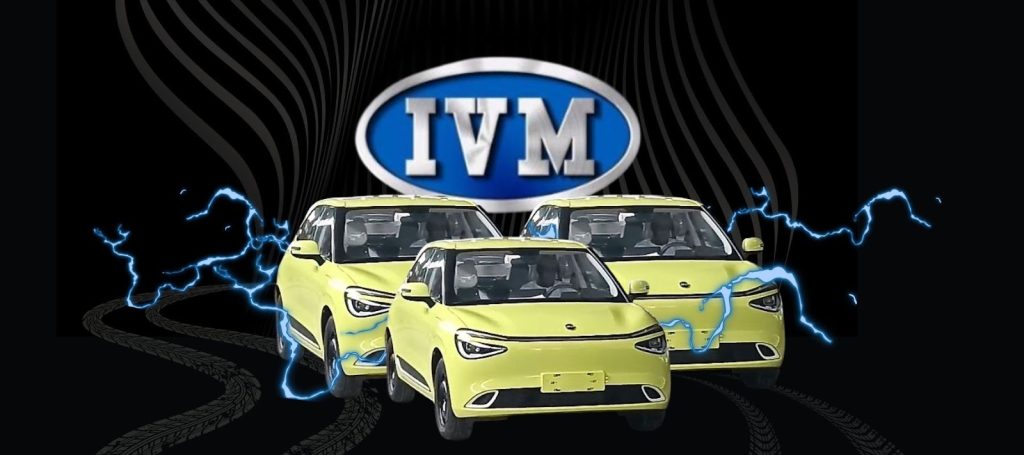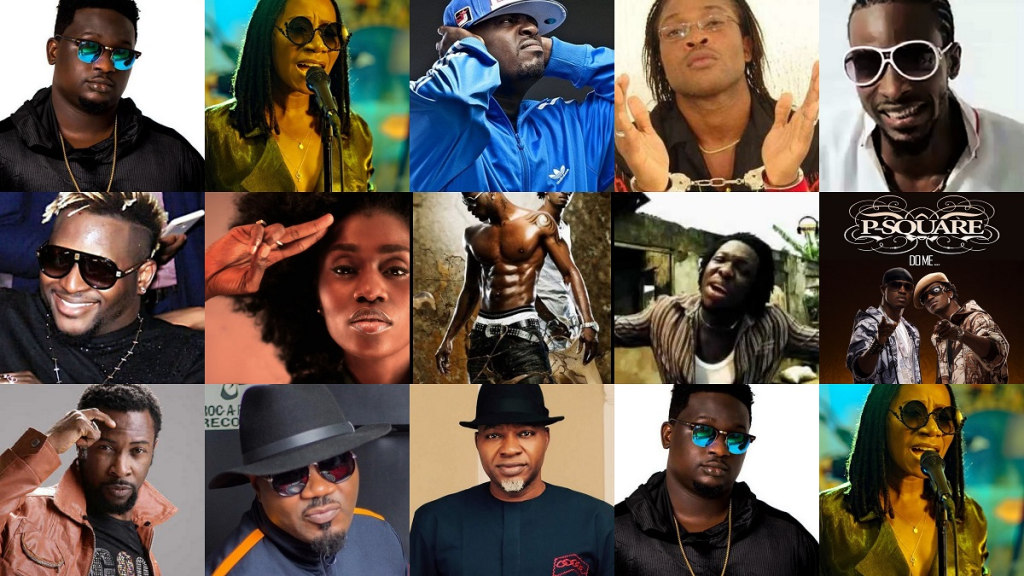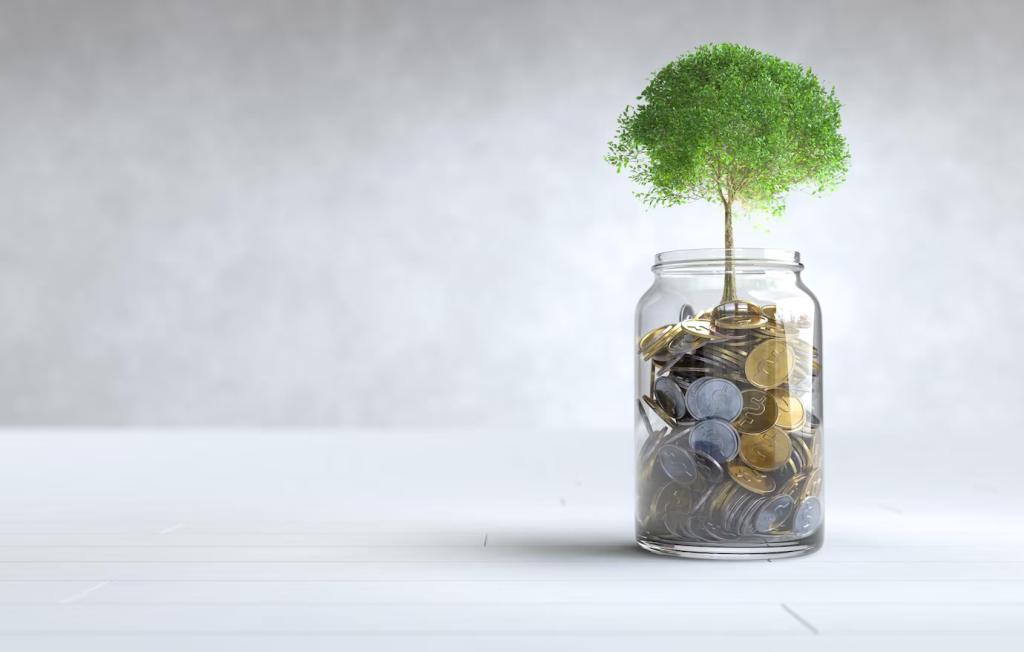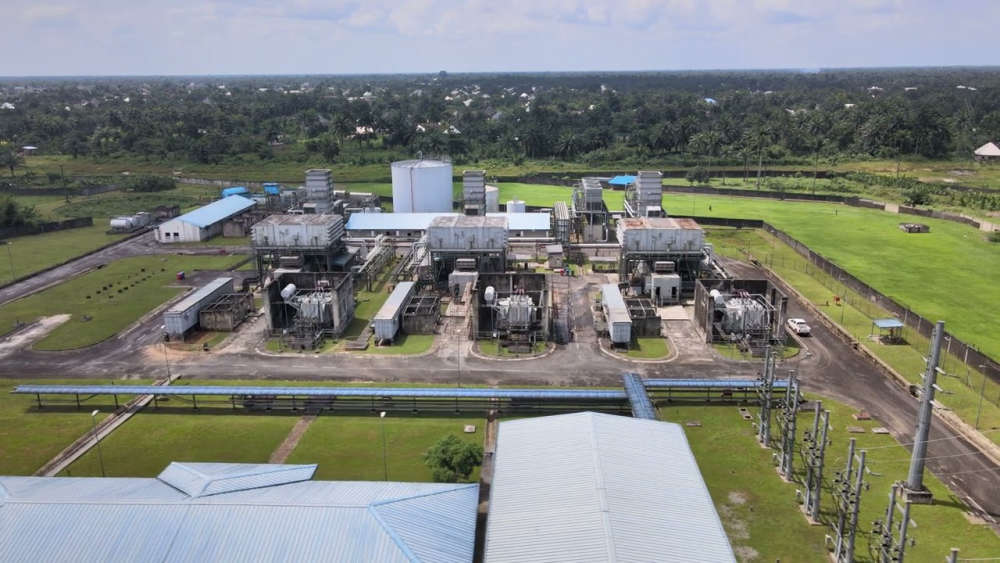Learn how Milo has gone beyond being just a beverage in Nigeria, blending with culture, nostalgia, and daily life, and dominating despite rising competition.
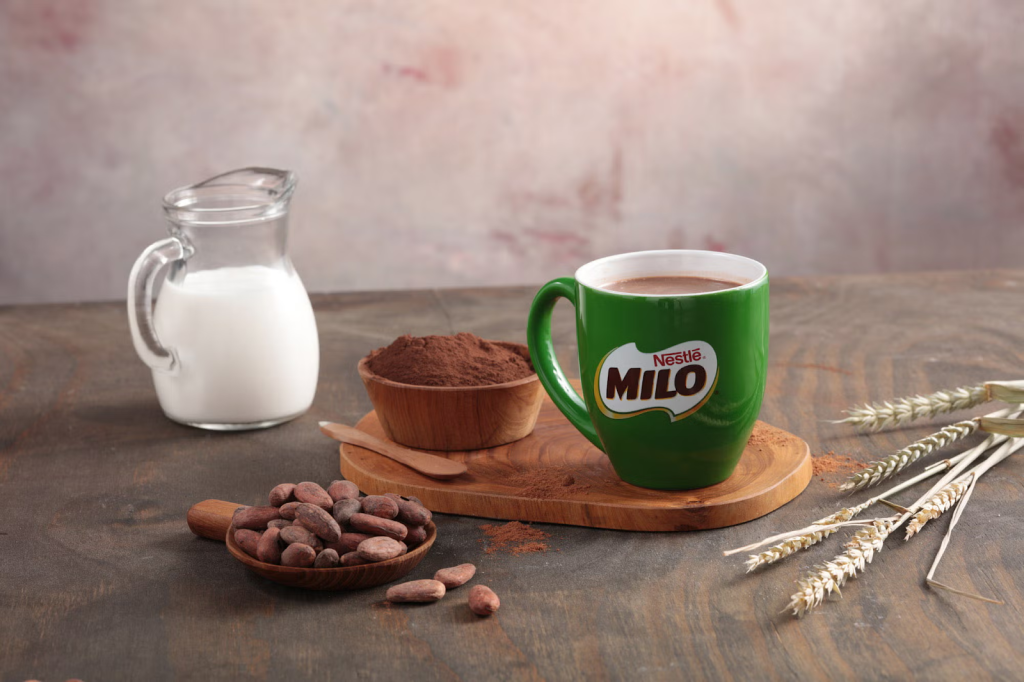
I don’t think most of us started drinking Milo because of the fancy nutritional claims on the tin. It certainly wasn’t the promise of “Activ-Go” or some magical blend of vitamins that caught my attention.
More likely, it was seeing our mums making a cup of tea before school. Or perhaps it was Saturday mornings when we’d be allowed to make our beverage so thick that it barely mixed with the milk. Either way, Milo has never been just a drink where Nigerians are concerned. It’s history and comfort. And if we’re being honest, that emotional connection does more for the brand than any promised nutritional boost ever could.
How Milo Went From Background Player to Market Leader
In the 1960s, Nestlé introduced the product to Nigeria, marking the beginning of a journey that would see the brand become a staple in Nigerian households.
By 1985, Milo held just 5% of the market share, while Bournvita dominated with 80%. However, through consistent marketing strategies, including sports sponsorships and community engagement, the green drink steadily gained popularity. By late 2024, Nestle’s golden child had captured 42% of the Nigerian cocoa beverage market, surpassing Bournvita’s 11%.
One of Nestlé’s most impactful initiatives was the Milo U-13 Football Championship, launched in 2010. This tournament provided young Nigerian athletes with a platform to showcase their talents, fostering a strong association between Milo and youth sports development. The championship promoted the brand and contributed to the growth of grassroots football in the country.
Milo’s success in Nigeria can be attributed to its ability to evoke nostalgia and a sense of comfort among consumers. Despite being primarily composed of sugar, cocoa, and powdered milk, the brand has maintained its appeal by positioning itself as more than just a beverage. It represents warmth, care, and cherished memories.
In response to changing consumer preferences, Nestlé has introduced various Milo-related products, such as the 3-in-1 sachets and Milo Enersnakz (the breakfast cereal), to cater to modern lifestyles. These innovations have helped the brand remain relevant, particularly among younger audiences who seek convenience without compromising on taste.
Ultimately, Milo’s enduring presence in Nigeria highlights the power of emotional branding and cultural integration. By embedding itself into Nigerians’ daily lives and experiences, it has transformed from a simple cocoa drink into a symbol of comfort and tradition.
It Was Never Only About Nutrition
Let’s talk about the drink itself for a second. When you strip away the nostalgia, Milo is really just a mix of sugar, cocoa, powdered milk, and a few vitamins. However, it is marketed as an energy drink. If you’ve ever looked at the ingredients list, you’ll find that it’s not exactly the healthy smoothie your very expensive doctor prescribes. But the funny thing is that doesn’t really matter to most of us.
People aren’t drinking Milo because it’s the best source of energy or protein. They drink it because it connects them to something deeper. A home, comfort, and love. On that note, Nestlé hasn’t been selling a beverage to the populace but rather a feeling.
Milo provides an emotional anchor in a country where life moves fast and often hits hard. For many Nigerians, that feeling of comfort is more important than the fact that it’s mostly sugar. In reality, Milo is a drink for the soul, and when it comes to branding, it’s the emotional pull that wins out over the nutritional one.
Milo’s Genius Football Move
If there’s one thing Nestlé nailed, it was linking Milo to football. The Milo U-13 Football Championship was a big event for anyone who grew up in the country, not the regular 5-a-side. With this competition, the brand created opportunities for thousands of kids to show their skills and get noticed.
Some of the players who started in the Milo competition even went on to play at the state and national levels.
Milo became a symbol of potential. And that association was priceless for kids dreaming of a future in sports.
Nestlé Didn’t Stop There
Once Milo had won over Nigerian hearts, Nestlé didn’t sit back and relax. They kept innovating. They introduced Milo 3-in-1 sachets, perfect for quick preparation when running late for school. And then there’s Milo Enersnakz, which tastes like sweet chocolate cereal; another way to reach the younger crowd who were more practical than nostalgic.
Nestlé understood that while the older generation was hooked on the ritual of hot Milo in the morning, the younger crowd was looking for something faster, something more convenient. And so, they adapted. Today, Milo is still the drink of choice for many Nigerians. It still appears in lunchboxes, billboards, and homes that haven’t changed much in twenty years. It hasn’t just survived the test of time, it’s thrived.
So Why Do Nigerians Still Buy Milo?
The conclusion of the whole matter is simple: Milo works. Not only because it’s the best source of energy or nutrition. It works emotionally.
The green tin, the smell of hot chocolate in the air, and the sound of the spoon stirring in your cup is real magic. These aren’t just sensory experiences; they’re emotional triggers. Milo has become part of the fabric of Nigerian life. And that emotional connection is hard to break.
Despite all the talk about sugar and health, Milo still pulls people in. Why? Because Milo is a part of who we are. It’s a story passed down through generations; a shared experience in homes, classrooms, and playgrounds across the country. A culture.
In A Nutshell
It’s easy to dismiss Milo as just cocoa and sugar. And technically, you’re right. But if you look beyond the ingredients, you’ll see that Milo isn’t just a drink; it’s a moment, a memory, and a story that feels personal, even if it’s mass-produced. And like many indigenous products, Milo has established its footprint on the sands of time.
Sure, it may not be the healthiest or only available beverage option on the shelf, but it’s the one a lot of people still reach for. Because sometimes, feeling good matters more than being right. And when it comes to Milo, it’s always about feeling good, whether you’re drinking it for the first time or the hundredth.








